Dr Andrea Nanetti first theorised Engineering Historical Memory (EHM) when he was Visiting Scholar at Princeton University in 2007. It may not be a coincidence that at the time Nanetti was reading Umberto Eco's 'Dall'albero al labirinto' (Milan: Bompiani, 2007).
Antonio Carile’s 1960s studies on the 'Partitio Imperii Romanie' (i.e., 'Partition of the Byzantine Empire') made by the Latin powers of the Fourth Crusade in the aftermath of the second conquest of Constantinople, in 1204, inspired this project. In the absence of the original document of the 'Partitio', Carile worked on its critical edition, searching for copies in the manuscripts of about 2,000 Venetian chronicles (Carile 1965). During this research, he discovered several different versions of the Partitio and classified the codices of the Venetian chronicles into families accordingly (Carile 1969). However, this classification does not necessarily apply to the entire manuscript codex, in which a version of the 'Partitio' is recorded, but is confirmed only for the 'Partitio' itself. Based on this factual consideration, in 2007, Nanetti conceived a new method for what he called “the engineering of historical memory” (EHM). Firstly, he applied it to the critical analysis of the early modern chronicles of the Italian municipality of Imola that record the story of the city from its legendary Trojan origins until the annexation of Imola by the State of the Roman Church. The EHM method is based on the historical identification of individual stories (i.e., accounts of past events that can be philologically construed as modular components with a probable independent textual tradition) across all available manuscript codices and the matching of their content with the secondary literature that used them. Since then, EHM is an ongoing research project that welcomes international and multidisciplinary collaboration to design and test interactive applications for virtual (re)organisation and delivery of historical knowledge in the digital age. The aim is to overcome linguistic obstacles and cultural barriers of historical research in a transcultural (re)reading of primary sources and secondary literature for the pre-modern history of the Afro-Eurasian continent, its people and their interactions between 1100 and 1500. The stage being the intercontinental communication networks by sea and by land as they were first identified by the German geographer Ferdinand Freiherr von Richthofen (1833-1905) in his magnum opus China (1877-1912). With equally and fairly engagement of different cultural environments in Europe, Africa, and Asia, this scholarly initiative also aims to contribute to the forging of international, intercultural, and interreligious dialogue and cooperation.Since 2007, EHM is studying and practising "by what means" traditional historical scholarship can supply machine-readable information sets to empower historical sciences with artificial intelligence and machine learning, thus enabling all users to read primary historical sources according to different levels of knowledge and expertise interactively. In the history domain, EHM makes a cross-disciplinary use of established research processes, such as mapping as understood in mathematics and linguistics (i.e., an operation that associates each element of a given set, the domain, with one or more items of a second set, the range) and parsing as understood in computing (i.e., analyse narratives into logical syntactic components) to kick-off the exploration of primary historical sources. Using these operations of mapping and parsing for individual primary historical sources, EHM associates each element of given sets of information provided by the domain of the traditional disciplines (e.g., history, art history, philology, palaeography, diplomatics, codicology, archaeology, epigraphy, sigillography) with one or more elements of the range of machine-readable content management systems (e.g., spreadsheets, computational notebooks). The level of accuracy of this preliminary human activity is directly proportional to that of the aggregations generated and visualised by the EHM algorithms from different sets of similar written or depicted elements in the EHM database (e.g., geographical names, people’s names, goods, ships, governments, events, architectures, drawings) and from potentially relevant publications, images, videos, and news retrieved in online repositories.
To understand and emphasise the unity of EHM as an interactive system in the approach to historical information, the rhetorical and conceptual linking of “mapping and visualisation” as well as “search and visualisation” should be hendiadys. Thus, the term “mapping” is understood, in its basic meaning, as the localization and description of elements, facts or phenomena that relate to a circumscribed area, historically understood at the intersection of precise space and time coordinates. The aim is to provide and test an example of an innovative epistemological process to visually distil historical data. The “visualization” process is seen not as a reductive representation to epitomise and/or illustrate written narratives, but as an investigative tool that the historian (especially one who intends to enter fully into the digital era) can use for discovering and organising new relationships between objects, in a new historical landscape where past, present, and future can merge in a democratised whole (Altman, 2008; Bolick, 2006).
The EHM approach to history can be construed as a hybrid human-machine methodology because it relies on both human scholarly touch and machine computational power. The attributes of the EHM methodology (i.e., set of methods) can be named as follows.
Analytic, because of the scholarly mapping and parsing of information from primary historical sources.
Synthetic, in reason of the interactive visualisation of selected information.
Exploratory, because of the automatic search for online publications, images, videos, and news potentially relevant to the user’s choices.
Aggregative, as far as it allows interactive selections and visualisations of different sets of search results.
Non-narrative in principle, because the organisation of the materials into narratives is up to the user who generates gamut accordingly.
This "mapping and visualization" method is intended to be the first step towards experimentation with less narrative (if not non-narrative) ways to make history in the digital era. It does not reflect a positivistic revival; rather, it is a consequence of the belief that «narrative is not just a set of materials, but it is a quite specific method of organizing those materials» (Altman, 2008, 5). Here, Altman rephrased a definition given at the height of structuralist activity by Karlheinz Stierle (1972, 178), who referred to the "basic structure of all narrative texts" as formulated by Arthur Coleman Danto (1965):
x is f at t1
g happens to x at t2
x is h at t3The famous statement by the Italian theorist and philosopher Benedetto Croce can also be cited in this context: «Where there is no narrative, there is no history» (Croce, 1951, 26).
Rick Altman ironically and futuristically framed the case in the conclusions to his famous 2008 book on narrative: «One last foray. If medieval physics clearly grows out of dual-focus assumptions, and its Newtonian successor develops a fundamentally single-focus cause-and-effect model, then we may perhaps recognize in Einstein's famous equation e=mc2 the ultimate multiple-focus hem-naming process, recognizing for the first time that energy and matter can be treated as equals. When energy and matter, action and character, are reduced to the same entity, can the end of narrative be far behind?» (Altman, 2008, 339-340). The theory presented in Altman’s book, which is applicable wherever humans tell stories or implicitly refer to previously told tales, offers powerful potential for describing human activities. In the conclusion (Altman, 2008, 338), he suggests how the theory might be used to image and explain such varied phenomena as individual texts, literary and film history, social organization, religion, and political life. Many other domains might have been evoked. Whether the topic is literature, art, or epistemology, we regularly find a historical series that may usefully be described as developing from dual-focus, through single-focus, to multiple-focus.
In fact, as Altman also highlighted in the first pages of his book (Altman, 2008, 1-3), few human endeavours are more widespread or more generally endowed with cultural importance than narrative. Stories are the major vehicles of personal memory, a mainstay of law, entertainment, and history (Altman, 2008, 1). Historically, definitions of narrative have been tied tightly to a particular type of plot. This tendency began with Aristotle (Poetics, Book VI; ed. 1909, 13), who informed us that a tragedy is impossible without action, but may exist without characters (Altman, 2008, 2). Adopted from Aristotle, the notion of the unity of action involves the need to build a play around a single, unbroken plot thread, eschewing competing storylines, unnecessary characters, and unrelated episodes. Stories must be coherent; they must have a distinct beginning, middle, and end; they must connect their parts through clearly motivated causes; and they must expunge any material unrelated to this unity of action (Altman, 2008, 3). Altman notes, towards the end of his work, that «We circulate among characters and places, not according to our own interests but according to an itinerary fixed by the narrator». If it is inaugurated by the process of "following," the act of reading also involves a tendency toward "mapping": calling on our memory of the text at hand, as well as on our prior experience of other texts, the process of mapping involves the reader in a perpetual return to the past, and in a constant attempt to define the present in terms of that past, permitting an eventual understanding of the present (Altman, 2008, 291-292).
Dr Winnie Cui (Outreach Director at Microsoft) reviewed EHM on the Microsoft Research Blog "because of its unique and successful interdisciplinary collaboration". PLOS ONE also showcased EHM for its open-society and non-commercial perspective. For a brief overview of the research project, one can refer to the article published by Nicola Wittekindt (Science Writer and Editor) on NTU Singapore Pushing Frontiers Magazine.
Currently, Dr Nanetti runs EHM in the framework of LIBER (Laboratory of Interdisciplinary Bookish and Experiential Research), which he established at the School of Art, Design and Media of Nanyang Technological University Singapore (NTU-ADM) in January 2019, and since then he is its Director. At NTU Singapore the laboratory is run in collaboration with the School of Physical and Mathematical Sciences (NTU-SPMS), the School of Computer Science and Engineering (NTU-SCSE), and the Office of Information Knowledge and Library Services (OIKLS). The research focus is on visualisation tools (technologies and processes) that can be readily adopted by all users to research high volumes of data through maps, timelines, tag clouds, and interconnected graphs on different scales. The results are solutions to facilitate the transition from top-down approaches (based on the application of theories) to agent-based modelling and simulations, directly related to the knowledge of primary sources (established by philological research) and the constant flow of secondary literature (updating and discussing historical interpretations). In practice, this approach empowers scholars with more quickly and more thoroughly explorations of previously accumulated knowledge of places, people, things, and events in the historical landscape of different cultures in various languages.
Target audience with interests in how computers can enhance the transcultural understanding of primary historical sources for the study of Afro-Eurasia
- Historians (professionals/paid, amateurs/unpaid)
- Digital born generation of students
- History teachers
- Librarians
- Archivists
- Museum curators
- General public
Plan of action: crucial primary sources for the study of Afro-Eurasia between 1205 and 1533:
- World maps (e.g., Fra Mauro map, Genoese map, Mao Kun)
- Travel account (e.g., Marco Polo, Ibn Battuta, Ma Huan)
- Chronicles (e.g., Venetian diaries, Ming Shi-Lu, Royal chronicles of Ayutthaya, Russian chronicles, Secret history of the Mongols, Pate chronicle, Malay annals)
- City maps (Map of Imola, the earliest extant modern survey of a city)
- Archival documents (e.g., Gregory X, Marco Polo's Documents, Modon and Coron)
- Archaeological sites (e.g., Castle of Modon, Rock Inscriptions of Mariners)
Methodological foci
- Philological accuracy
Goal: correctly transfer into digital database information already published, without diluting its philological accuracy
Plan of action: collaboration with authors and publishers of critical editions and translations to access the most accurate scholarship available on crucial primary historical sources - Open access
Goal: make freely available to the public crucial copyright materials
Plan of action: collaboration with libraries, archives, museums, and publishers - Machine-readable information
Goal: generate (semi)automatic aggregations of historical knowledge
Plan of action: map historical information (unstructured) into curated relational databases (phase 1) that can empower graph databases (phase 2) - Interactivity
Goal: connect the information embedded in different historical primary sources
Plan of action: design and develop ABMS and visualisation tools to facilitate the flow of information linked by keywords and generate an augmented exploration of primary historical sources - Link to relevant secondary literature
Goal: connect the information selected by the user to relevant secondary literature available online
Plan of action: meta search on leading online repositories (e.g., Europeana, Taylor&Francis, Elsevier, CNKI, Wanfang), resources mashup, critical filtering
Expected outcome: transparent references to crucial historical sources and their related scholarship available online - Sentiment analysis powered by SenticNet
Goal: assisting digital historians in exploring sentiment analysis as a tool to discover knowledge in primary historical sources
Plan of action: systematically identify, extract, quantify, and study affective states and subjective information - Provenance and validation
Goal: provide a clear understanding of the information’s provenance and a robust validation method to assess its accuracy
Plan of action: link information from secondary literature to the primary source on which it is grounded - Public participation (i.e., citizen science, crowd-sourced science)
Goal: generate volunteer monitoring on the information published on EHM
Plan of action: create a community to constantly update the information available on the EHM database (curated by professionals), and connect the information published on EHM to the relevant Wikipedia pages (curated by a larger pool of scholars and amateurs)
Spaces of fruition
EHM aims to contribute to the reinvention of the user experience in historical spaces such as libraries, archives, museums, and archaeological sites.
- Digital spaces: desktop and mobile devices, projection mapping, large screens, AR and VR
- Historical spaces: libraries, archives, and museums that hold and preserve unique artefacts
- All educational spaces where lecturing and academic writing are basic but non-exclusive channels of communicating content and creating new knowledge
References
- Rick Altman, A theory of narrative. New York: Columbia University Press, 2008.
- Aristotle, Poetics, edited and translated by Ingram Bywater. Oxford: Oxford University Press, 1909.
- Erik Cambria, Q. Liu, S. Decherchi, F. Xing, K. Kwok, “SenticNet 7: A commonsense-based neurosymbolic AI framework for explainable sentiment analysis,” in LREC, 2022, pp. 3829-3839. LINK.
- Cheryl M. Bolick, “Digital Archives: Democratizing the Doing of History,” in International Journal of Social Education, 21/1 (Spring-Summer 2006), pp. 122-134. LINK.
- Benedetto Croce, “La storia ridotta sotto il concetto generale dell'arte,” in Primi saggi, Bari: Laterza, 1951, pp. 3-41.
- Arthur C. Danto, Analytical Philosophy of History. Cambridge: Cambridge University Press, 1965.
- Andrea Nanetti, Imola antica e medievale nella cronachistica cittadina di Età moderna. Indagine esemplare per una ingegnerizzazione della memoria storica [Engineering Historical Memory. The Early Modern Chronicles of Ancient and Medieval Imola as a showcase]. Imola: Associazione per Imola storico-artistica & Editrice La Mandragora, 2008 (Atti dell’AISA, XXI). LINK.
- Andrea Nanetti, Siew Ann Cheong, Mikhail Filippov, Interactive Global Histories. For a new information environment to increase the understanding of historical processes, in Proceedings of the International Conference on Culture and Computing 2013 (Kyoto, Ritsumeikan University, Sept. 16-18, 2013). Los Alamitos, CA: IEEE Computer Society, [September] 2013, pp. 104-110. Best Paper Award. LINK.
- Andrea Nanetti, Angelo Cattaneo, Siew Ann Cheong, Chin-Yew Lin, Maps as Knowledge Aggregators: from Renaissance Italy Fra Mauro to Web Search Engines, in «The Cartographic Journal» (© The British Cartographic Society), special issue, 52/2 (May 2015), pp. 159-167. LINK.
- Andrea Nanetti (guest ed.). Revisiting the World of Fra Mauro's Map and the Morosini Codex in an Artificial Intelligence Perspective, in «The Asian Review of World Histories», Vol. 4/1 (Jan. 2016), [published on 29 June 2016] Special Issue (authors: Andrea Nanetti, Cheong Siew Ann, Angelo Cattaneo, Mikhail Filippov, Lin Chin-Yew). LINK.
- Shen Shen Luo, Ben A. Shedd, Andrea Nanetti. Enhancing the Experience of the Western Xia Imperial Tombs Heritage Site (PRC, Ningxia) through Animated Installations, in «SCIRESit (SCIentific RESearch and Information Technology)», Vol. 8/1 (June 2018), pp. 1-31 (and cover page for this issue of the journal). LINK.
- Karlheinz Stierle, “L'Histoire comme example, l'example comme histoire,” in Poétique 10 (1972), pp. 176-198.
- Andrea Nanetti and Siew Ann Cheong, Computational History: From Big Data to Big Simulations, in Shu-Heng Chen (Ed.), Big Data in Computational Social Science and Humanities. Cham (Switzerland): Springer International Publishing AG, 2018, Ch. 18 (pp. 337-363). LINK. Translated in Korean in 2019.
- Andrea Nanetti, Davide Benvenuti, Animation of two-dimensional pictorial works into multipurpose three-dimensional objects. The Atlas of the Ships of the Known World depicted in the 1460 Fra Mauro’s mappa mundi as a showcase, in «SCIRESit (SCIentific RESearch and Information Technology)», Vol. 9/2 (2019), pp. 29-46. LINK.
- Andrea Nanetti, Computational Engineering of Historical Memories: With a Showcase on Afro-Eurasia (ca 1100-1500 CE). London and New York: Routledge, 2022. LINK.

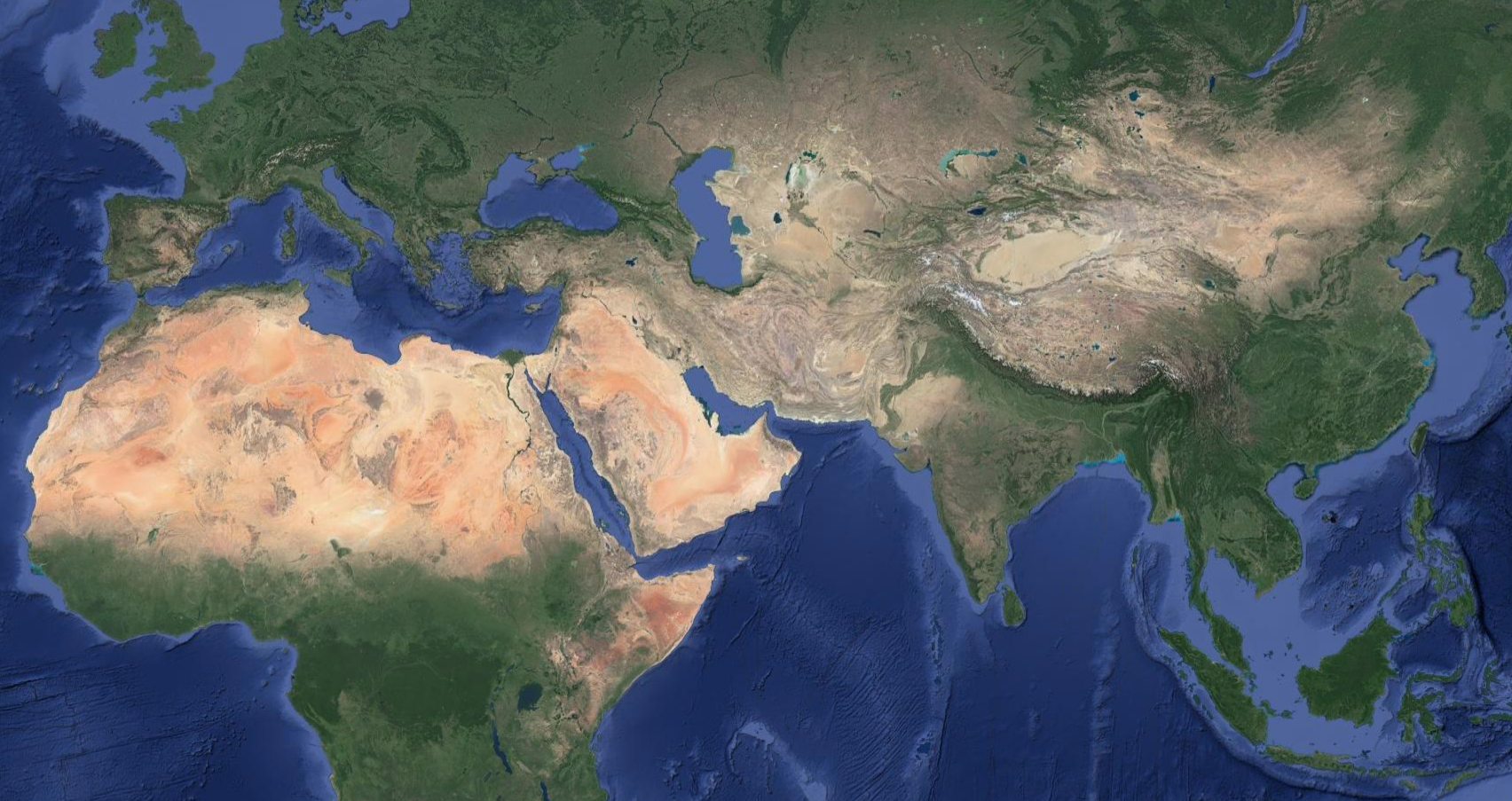 Maps of Afro-Eurasia
Maps of Afro-Eurasia 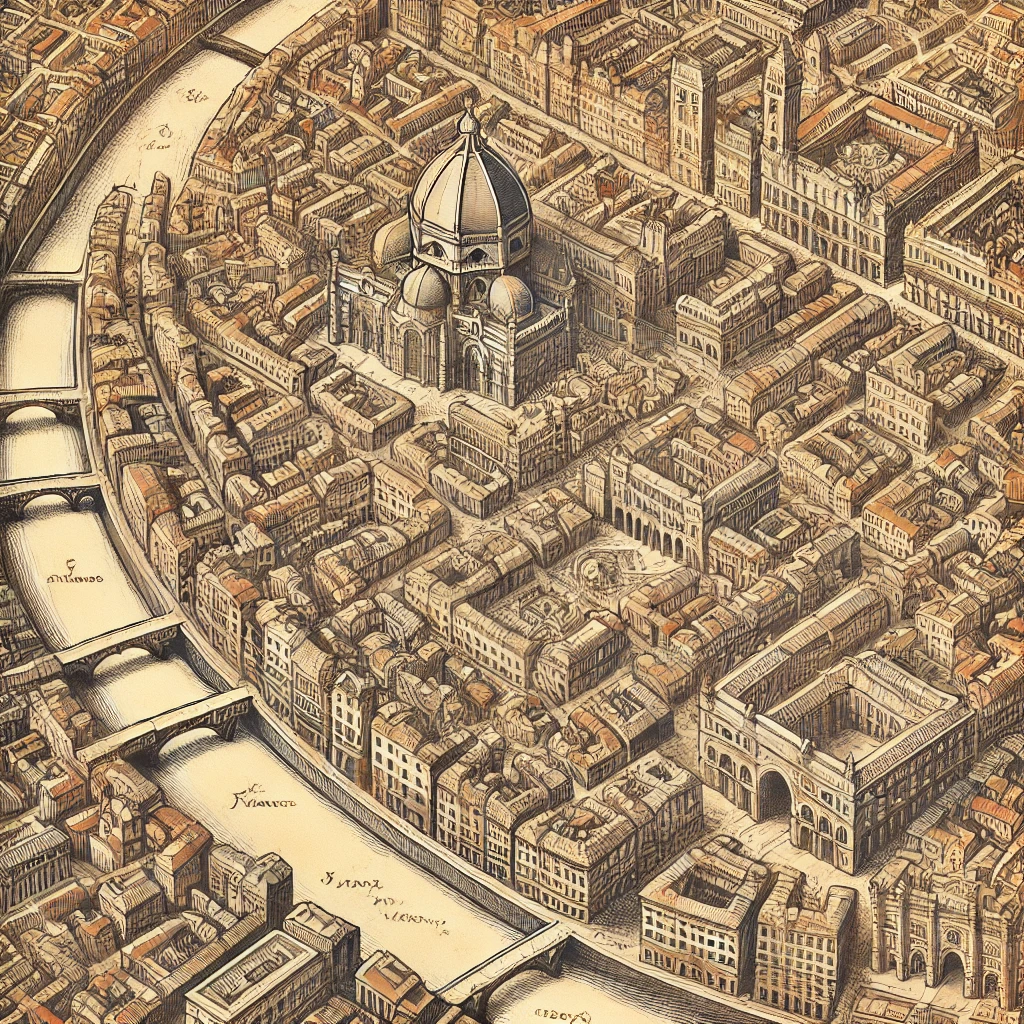 Maps of Cities
Maps of Cities  Travel Accounts
Travel Accounts 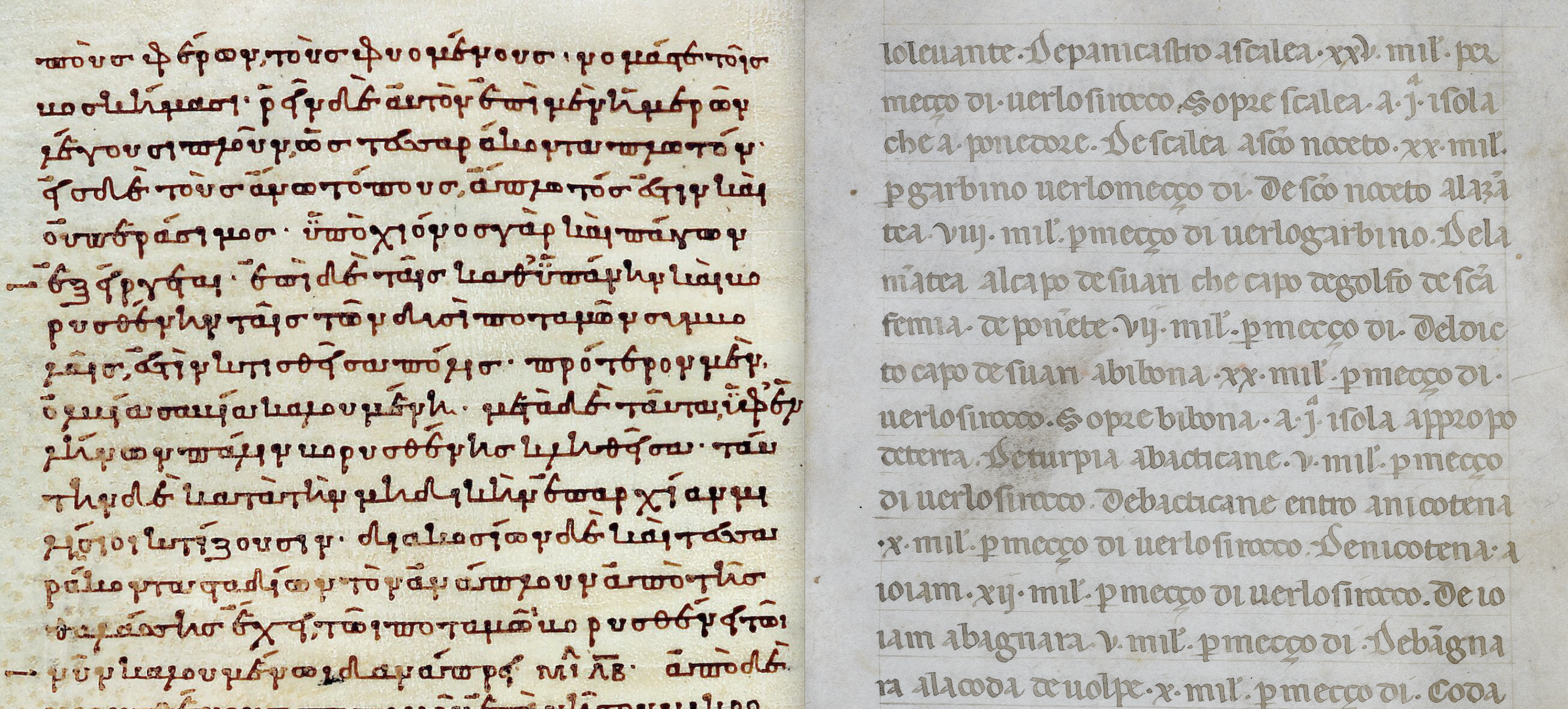 Rutters (Περίπλοι/Periploi and Portolans)
Rutters (Περίπλοι/Periploi and Portolans)  Chronicles
Chronicles  Illuminated Codices
Illuminated Codices 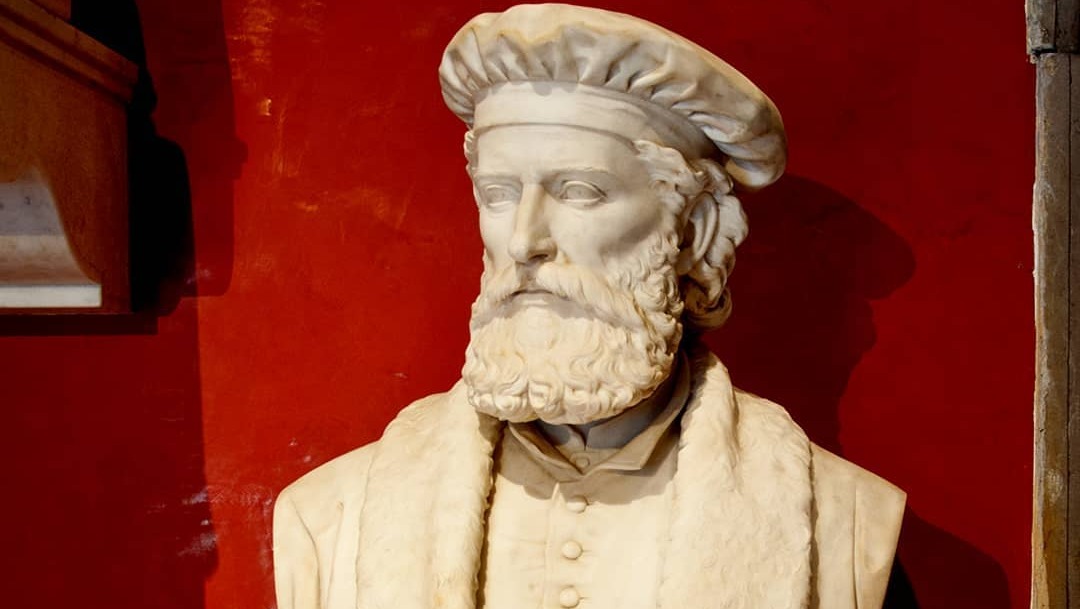 Marco Polo 700
Marco Polo 700 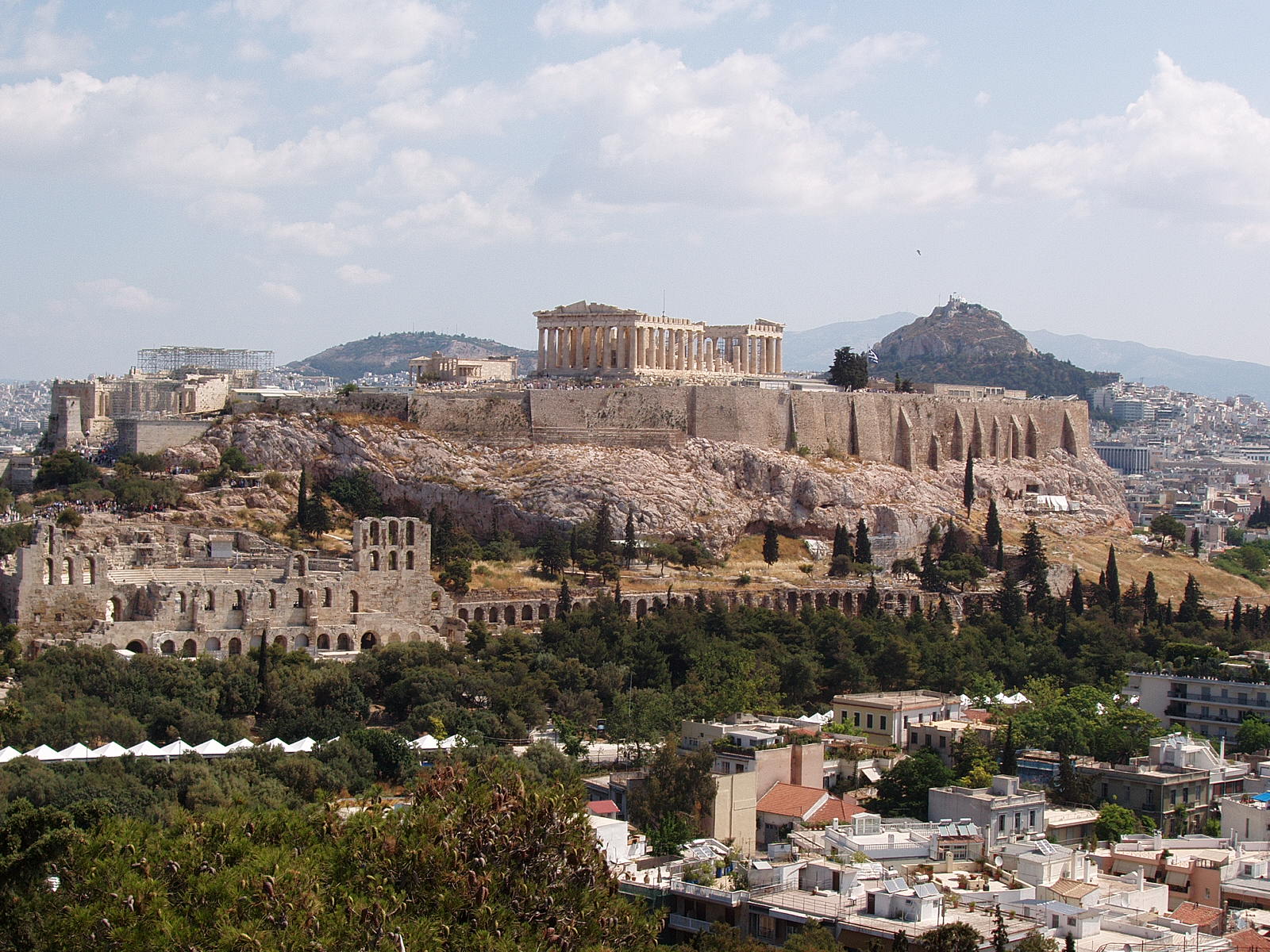 Sites
Sites 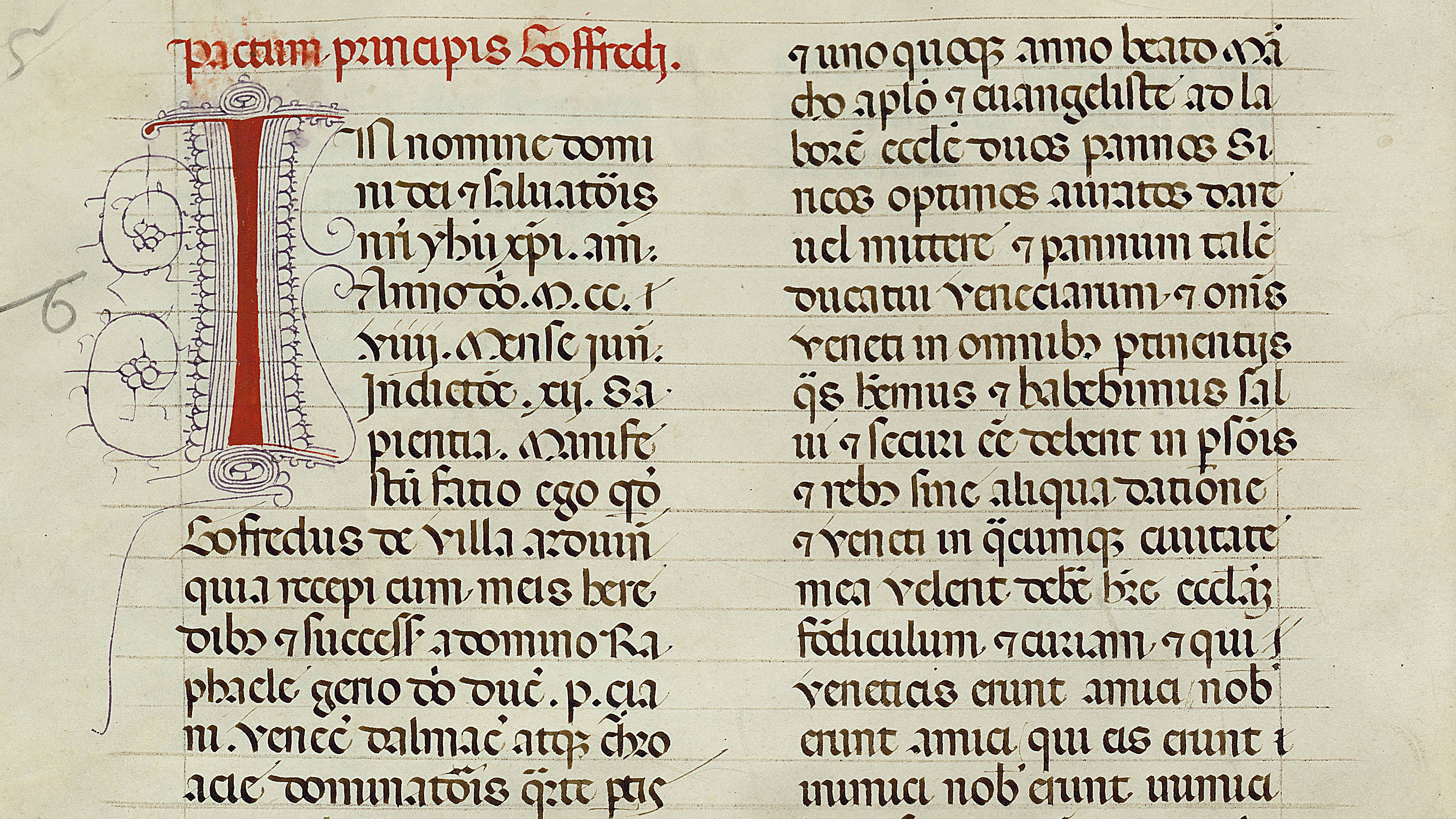 Archival Documents
Archival Documents  Paintings
Paintings  EHM incubator
EHM incubator